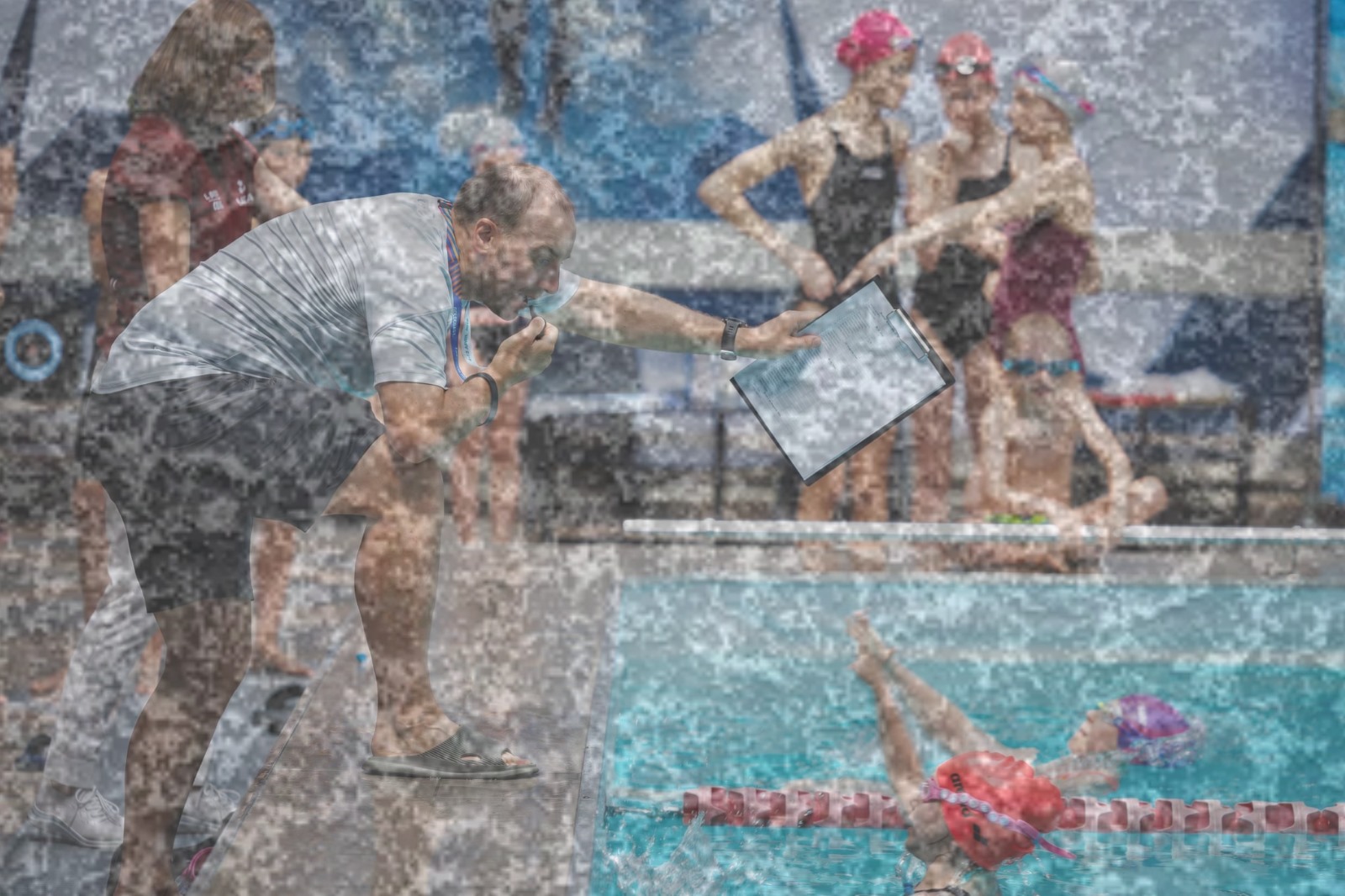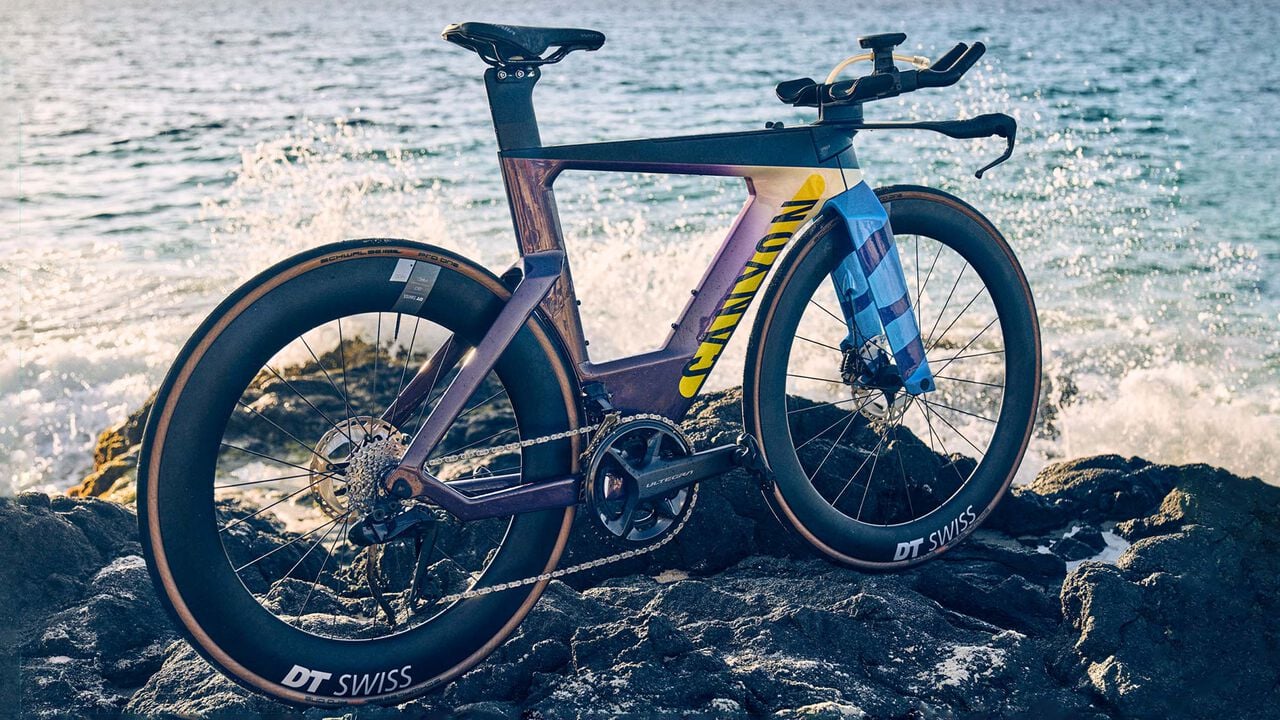Swimming Technique – 5 Common Mistakes
Efficient swimming in triathlon requires attention to technical details. Below are five frequent technical errors and methods for addressing them.
1. Incorrect Head Position
Mistake: Looking too far forward or lifting the head out of the water.
Effect: Increases drag and disrupts body alignment.
Correction:
- Maintain a neutral neck position.
- Direct the gaze downward and slightly forward.
- The waterline should intersect the top of the head.
2. Low Elbow During Pull Phase
Mistake: Executing the pull with a straight or dropped elbow.
Effect: Reduces propulsion efficiency.
Correction:
- After hand entry, initiate an early vertical forearm.
- Keep the elbow above the wrist during the pull.
- Focus on directing water backward.
3. Improper Breathing Timing
Mistake: Holding the breath or rotating the head excessively during inhalation.
Effect: Leads to tension, disrupts timing, and increases fatigue.
Correction:
- Exhale continuously while submerged.
- Rotate the head just enough for the mouth to clear the surface.
- Practice breathing on both sides for balanced technique.
4. Inconsistent or Excessive Kicking
Mistake: Either excessive kicking or allowing legs to trail passively.
Effect: Inefficient propulsion and energy loss.
Correction:
- Use a compact, steady flutter kick.
- Generate motion from the hips with minimal knee bend.
- Include kicking drills to develop control and flexibility.
5. Hand Entry Across Centerline
Mistake: Hands entering the water too close to the body’s midline.
Effect: Reduces stability and causes lateral deviation.
Correction:
- Align hand entry with shoulder width.
- Maintain symmetrical arm movement.
- Use visual references like lane markings during practice.
---
Summary
Correcting common technical mistakes contributes to improved stroke efficiency, reduced resistance, and consistent swim performance. Regular analysis and structured drills are recommended for continued progress.
Individual training sessions and video feedback can support technical development for both junior and adult athletes.


